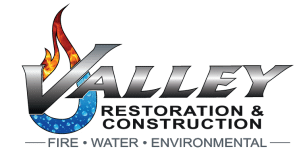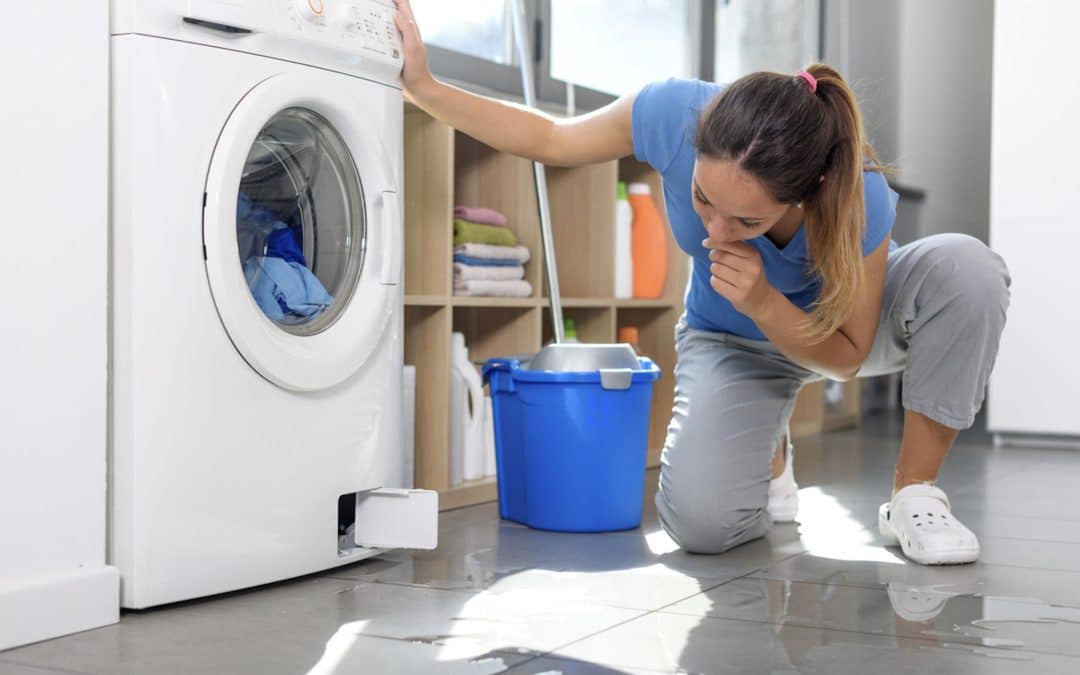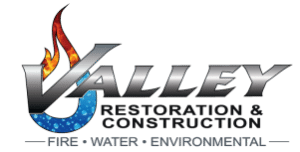We often talk about storms, rain, snow, and other external threats to your home’s integrity. However, water damage often comes from within—specifically, from appliances that use water.
Today’s life is so good compared to the past. Refrigerators keep our food fresh and hand out ice cubes. Washing machines wash our clothes, and dryers dry them. Dishwashers clean our dishes, so they are ready for our next meal. Water heaters keep us comfortable and warm.
Unfortunately, these appliances are also among the most common culprits for water damage in a home. Any appliance that connects to the water supply utilizes water. And sometimes things go wrong.
The most fragile and dangerous parts deliver water to our appliances: water hoses, drain lines, and water supply lines. If these fail, a water leak can ruin your hardwood floor, drywall, and even furniture. Water damage can have unexpected consequences, so read on to learn how to stop this from happening to you!
1. Dishwashers
There is no greater pleasure than knowing you don’t have to do the dishes. You load your dishwasher, and they are clean and dry a few hours later. It’s almost magic worthy of Camelot.
Dishwashers, however, are prone to water damage because they require large quantities of water to perform the task. When dishwashers break down, it is usually in one of three main ways:
- Water may leak from the front through the door if you don’t load the dishwasher properly or use inadequate soap. Also, water could leak onto the floor if the door seal is worn.
- The other way is from the back, where the hose and water connection is located. A dishwasher pulls in large quantities of water and then discharges the dirty water. These actions commonly result in sudden bursts of water gushing into and out of the dishwasher. If the hose is loosely attached, it could detach when the dishwasher sucks in or discharges water. As a result, gallons of water may be released under your dishwasher, onto your kitchen floor, and under the cabinets.
- Food buildup inside the dishwasher could clog the pipes and drains, leading to water backup.
We suggest you check your dishwasher for internal food buildup, loose water hoses, and broken front seals. A small leak can lead to a larger one, so make sure you take care of it before it becomes a real problem.
2. Washing Machines
Just like dishwashers, washing machines have made our lives much easier. They wash clothes, remove stains and odors, and even wring them for minimum moisture and faster drying.
However, you must watch out for leaks and water damage wherever water is involved. Leaks can occur around the water hose. Worse, the hose may come loose after a sudden water discharge and flood your floor and laundry room.
In addition, washing machines get rid of dirty water through drains. If these get clogged, the used water may back up and flood your home.
The best thing to do is to maintain your washing machine and run periodic inspections on the hose, clamps, water supply lines, and door seals. If your washing machine displays water leakage problems, no matter how small, you should tend to them immediately.
3. Refrigerators
Could you imagine your life without ice cubes or, even worse, ice cream? It is almost impossible to imagine how people used to live without refrigerators, and there is no home without one.
Water lines connect your refrigerator to the water supply, which is how you have ice cubes popping out at the flick of a finger. If the water line gets loose or cracks, leaks will appear in the back of your refrigerator. Even though refrigerators don’t utilize much water, they can be quite troublesome when it comes to water damage.
By their nature, refrigerators produce moisture, which collects at the appliance’s bottom part. If the drain line gets clogged, water will start seeping through, collecting underneath the fridge. Another issue can be problems with the ice maker.
Again, proper maintenance and careful inspection of the refrigerator’s back could prevent a water leak that could damage your kitchen cabinets and even lead to electrical issues.
4. Water Heaters
We take warm water for granted, and with good reason, as almost all homes are equipped with water heaters.
As the name suggests, water heaters warm and transfer water throughout the house. They contain large quantities of water, however, so if there is a leak, it will be a significant one.
Either the water supply lines can leak, or the tank itself may crack. Water heaters are prone to corrosion, particularly in areas with alkaline water. The mineral buildup eats away at the inside of the water tank, eventually leading to a crack—and water gushing out.
Water heaters can also burst if too much pressure builds up. If you hear hissing sounds, you should have a specialist check it out.
As with all appliances, annual maintenance is crucial. As a precaution, you can flush the tank once a year to remove residual minerals and sediments that have built up inside the tank. This will help prevent internal corrosion.
5. AC Unit
AC units produce condensation, which they pull out of your home. This condensation is captured in a drain pan and driven outside of the house through a condensate drain line. If the drain line gets clogged, the water trickles back into the AC unit and drips down your wall.
Another common problem is a failing drain pan, in which case the water is not directed to the drain line but comes back into the house.
If your AC starts dripping water inside, staining your walls, furniture, and hardwood floor, you must turn off the unit and call a specialist.
Valley Restoration and Construction for Water Damage Mitigation and Restoration in Montrose, Colorado
Sometimes, no matter how meticulous you are with keeping your appliances in perfect condition, water damage occurs. It usually happens at the most unexpected and irritating time, too!
We serve Colorado’s Western Slope and are available 24/7 because emergencies can’t wait. Call us at 970-964-4437 or contact us online, and we will be with you right away to work on water damage mitigation and restoration.


